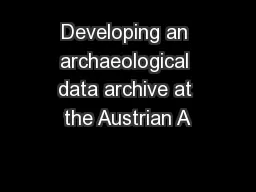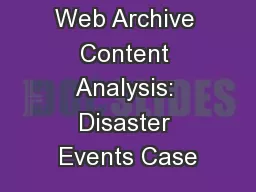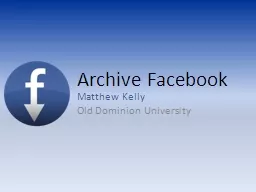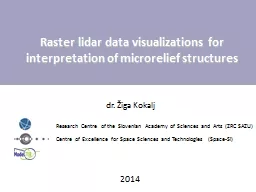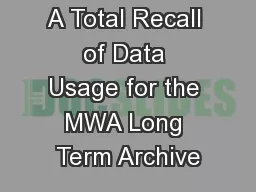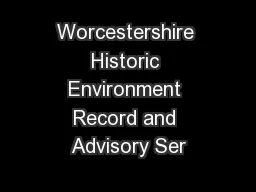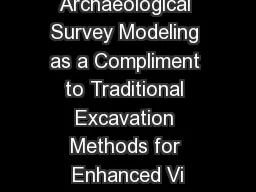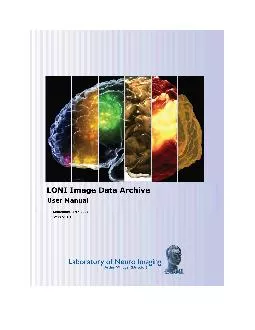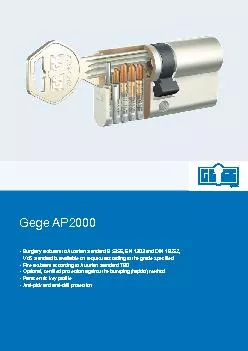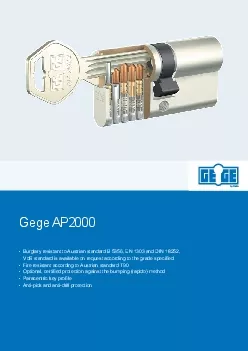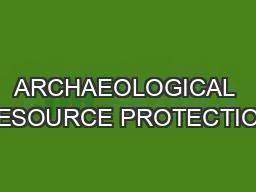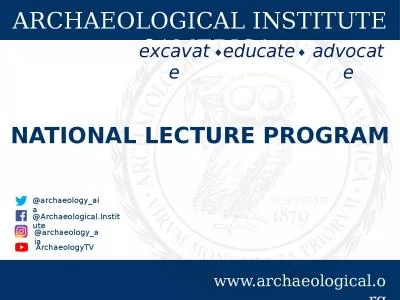PPT-Developing an archaeological data archive at the Austrian A
Author : danika-pritchard | Published Date : 2018-01-20
project Edeltraud Aspöck Gerald Hiebel Matej Ď ur č o Project amp Aims Digital longterm preservation of ressources from Austrian excavations at Tell
Presentation Embed Code
Download Presentation
Download Presentation The PPT/PDF document "Developing an archaeological data archiv..." is the property of its rightful owner. Permission is granted to download and print the materials on this website for personal, non-commercial use only, and to display it on your personal computer provided you do not modify the materials and that you retain all copyright notices contained in the materials. By downloading content from our website, you accept the terms of this agreement.
Developing an archaeological data archive at the Austrian A: Transcript
Download Rules Of Document
"Developing an archaeological data archive at the Austrian A"The content belongs to its owner. You may download and print it for personal use, without modification, and keep all copyright notices. By downloading, you agree to these terms.
Related Documents

